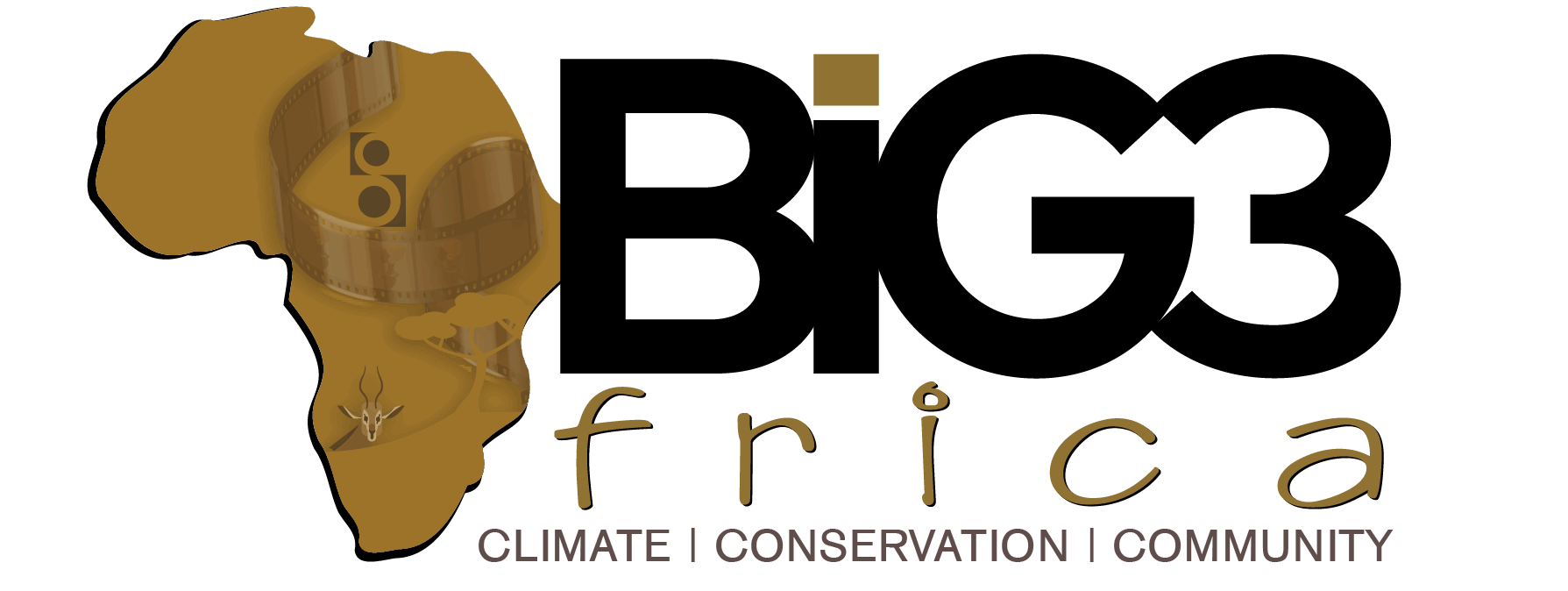Kenya’s world-renowned coffee industry faces an existential threat, with United Nations projections revealing that up to 90% of the country’s prime coffee-growing lands could become unsuitable by 2050.
The stark warning comes from the Food and Agriculture Organization’s (FAO) newly released 2025 Global Deforestation Report, which blames rising temperatures, erratic rainfall patterns, and widespread deforestation for amplifying climate vulnerabilities in East Africa’s coffee heartlands.
The report, unveiled October 21, paints a dire picture for Kenya. Smallholder farmers, who produce over 70% of the country’s annual coffee output, stand to lose the most. “This is a wake-up call,” said FAO Director-General Qu Dongyu during the launch. “Deforestation is stripping away the natural buffers that protect coffee from climate extremes, turning fertile highlands into barren zones.”

Kenya’s coffee thrives in the cool, misty altitudes of regions like Nyeri, Kirinyaga, Kiambu, Murang’a and Kisii, where temperatures hover between 15-24°C and consistent bimodal rains sustain the arabica bean’s delicate growth cycle.
But FAO climate models, integrating data from NASA satellites, IPCC scenarios, and on-ground deforestation metrics, forecast a dramatic shift. By 2050, under a moderate emissions pathway, average temperatures in these zones could surge by 2-3°C, pushing beyond the 30°C threshold, which is lethal to coffee plants.
Rainfall patterns are expected to change where prolonged dry spells could shorten the wet seasons by 20-30%, while intense downpours increase flood risks. The models project that 85-90% of current lands suitable for coffee spanning over 200,000 hectares will fall into “high-risk” or “unsuitable” categories.

Deforestation supercharges these threats. Kenya lost 5.2% of its tree cover between 2001 and 2023, per Global Forest Watch data cited in the report, with coffee frontiers bearing the brunt.
Interactive maps in the report visualize the fallout: Vast swaths of Mount Kenya’s slopes and the Aberdare Range glow red, signaling uninhabitable zones, while marginal lowlands flicker green as precarious alternatives.
The FAO urges immediate steps including reforesting 100,000 hectares by 2030, adopting climate-resilient coffee varieties like the drought-tolerant Batian hybrid, and enforcing the National Climate Change Action Plan.
“Agroforestry – intercropping coffee with shade trees – could save 60% of the lands at risk,” the report states, citing successful pilots in Ethiopia.




